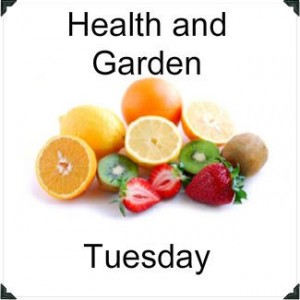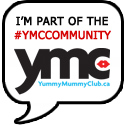Editor’s Note: This is a guest post. While we appreciate our guest writer’s submissions, this does not constitute endorsement or agreement to the opinions expressed in the articles featured.
What Everybody Ought To Know About How To How To Lower Cholesterol Without Medication To Protect Themselves Against Heart Disease
by Mary Margaret
There is no denying the fact that heart disease is one of the top two killer diseases in the world today. Given high cholesterol is a risk factor for this disease, learning how to lower cholesterol without medication is an excellent way to protect your heart health while giving you some peace of mind.
There are 2 types of cholesterol that warrant attention – LDL (low density lipoprotein) and HDL (high density lipoprotein), and both play an important role in the body.
The fact is, your body needs cholesterol to survive. Your liver produces around 80% of your body’s cholesterol, with the remaining amount coming from the foods you eat.
What Does Cholesterol Actually Do?
The key tasks performed by cholesterol within the body are as follows:
* building and maintaining cell membranes
* essential hormone production (including testosterone and estrogen)
* Vitamin D production
It is so important to maintain the correct balance of cholesterol within your body to ensure these essential functions are carried out successfully. Learning and implementing how to lower cholesterol without medication is one of the best ways to achieve this.
LDL cholesterol is commonly referred to as the bad cholesterol and the reason for this is because when your LDL cholesterol levels become too high, it will trigger the formation of plaque within the walls and linings of your arteries.
As the level of plaque accumulates over time, clots and blockages in your arteries can begin to appear. If any of the main arteries that supply oxygenated blood and nutrients to your heart or brain become affected, then you run the risk of having a heart attack or a stroke.
HDL cholesterol is different and is commonly known as the good cholesterol because it works by removing excess amounts of LDL cholesterol from your bloodstream, thus slowing down the production of plaque.
The key to ensuring maximum protection against heart disease is to keep your LDL and HDL cholesterol within the recommended levels.
Why You Should Lower Cholesterol Naturally
Lowering cholesterol naturally is the safest way to achieve optimal cholesterol levels. Prescription medications, called statins, while extremely effective at lowering LDL cholesterol, have little to no impact on HDL levels and are fraught with serious side effects. These include memory loss, cognitive impairment, muscle pain and weakness, kidney and liver damage and possible heart failure.
When you lower cholesterol naturally, you avoid those side effects and you manage the whole of cholesterol – LDL and HDL.
How To Lower Cholesterol Without Medication
There are a number of steps you can take to lower cholesterol without medication and they include making some lifestyle changes as follows:
Change What You Eat
Modify your diet to reduce the amount of saturated fat, trans fat and cholesterol you consume each day. Switch to foods that are high in soluble fibre and Omega 3 as these have the ability to lower LDL while increasing HDL. Such foods include whole grains, fatty fish (salmon, mackerel, tuna, sardine, herring), nuts, seeds, olive oil, fruits and vegetables.
Get Moving
You need to get regular exercise in as often as you can and you should focus on any exercise that will raise your heart rate and keep it raised for a minimum of thirty minutes. This will boost your HDL cholesterol levels while lowering LDL. Recommended exercises include walking, cycling, dancing, and swimming. But the goal should be to choose something you know you will enjoy or can do with a friend or family member, as you will then have a much better chance of sustaining it.
Stop Smoking Or Drinking Alcohol
Not an easy task and if you do not think you can quit completely, then seriously consider reducing the amount you smoke or drink. Smoking and drinking adversely affect your cholesterol levels as well putting you at risk of developing other serious health problems.
While the above changes might seem small, do not underestimate their potential value to your heart health. You can also strengthen your efforts with natural supplements such as fish oil (if you don’t like eating fish itself), or a quality natural cholesterol supplement. But always ensure that any supplement you use has purely natural ingredients, properly sourced, that know how to lower cholesterol without medication or risky side effects.
Mary Ruddy is a former high cholesterol sufferer, from a family with a history of heart disease, and has successfully achieved perfect cholesterol levels, reversing and eliminating the risk of heart disease, and is a strong advocate of natural health care. Mary enjoys introducing people to the best natural products she can find and uses herself daily at: http://www.howtolowercholesterolwithoutmedication.org

Share and Enjoy

























